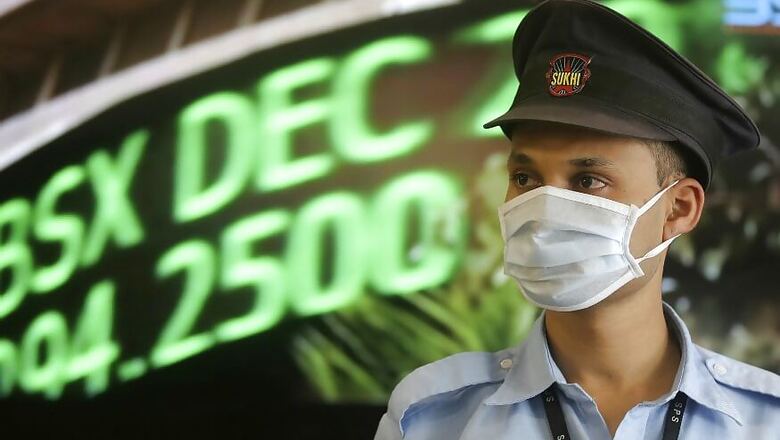
views
The Indian economy will contract by 9 per cent in 2020-21 as the coronavirus infections are yet to peak and the government is not providing adequate direct fiscal support, ratings agency Crisil said on Thursday.
In May, Crisil had estimated the economy to contract by 5 per cent. The latest projection comes days after official data for the June quarter showed a contraction of 23.9 per cent in the economy. Crisil said the 9 per cent contraction will be the highest since the 1950s.
The government had announced a Rs 20 lakh crore relief package but the actual new spending was less than 2 per cent of GDP. With the pandemic’s peak not yet in sight and the government not providing adequate direct fiscal support, the downside risks to our earlier forecast have materialised, the agency said.
A stretched fiscal position has constrained the government from spending more to support the economy. Till date, the policy push to growth remains muted, except in pockets. Our May forecast had assumed additional direct fiscal support of 1 per cent of GDP, which has not come through, the agency said.
It added that if the pandemic were to peak out in September-October, GDP growth could move into mild positive territory towards the end of this fiscal. India has overtaken Brazil as the second worst hit country with over 42 lakh coronavirus cases.
Even as many analysts have been pitching for a sharp rebound or a v-shaped recovery, Crisil said the pandemic will leave a permanent scar. We expect a permanent loss of 13 per cent of real GDP over the medium term, it said, pegging its value in nominal terms at Rs 30 lakh crore and added that this is much higher than a 3 per cent permanent hit to GDP in Asia-Pacific economies estimated by its parent S&P.
A catch-up with the pre-pandemic trend value of real GDP would require average real GDP growth to surge to 13 per cent annually for the next three fiscals, which is a feat never accomplished by India before, it said. It pegged the September quarter GDP to contract by 12 per cent, attributing the same to higher economic activity seen in many indicators.
Its peer Icra on Thursday said it expects the second quarter GDP contraction to come at between 11-13 per cent and maintained its 9.5 per cent contraction for 2020-21. Crisil said agriculture will grow by 2.5 per cent in the current fiscal year and made it clear that the sector does not have the heft to offset the sharp contraction in other sectors of the economy which account for 85 per cent of the GDP.
Consumption, the mainstay of growth for the last few years, will sink this year despite the help it will get from the rural areas, Crisil said, adding an investment recovery looks distant at present. It said the high inflation is also constraining the ability of the monetary policy to react to the growing concerns on growth.
GDP growth will come at 10 per cent in 2021-22 on a lower base, but the agency said the medium term prospects for the economy are likely to trend down. The truth with reforms is that you bite the bullet first and reap the benefits later. The government needs to take more steps to address the current pain in the economy. It should stretch itself fiscally to support vulnerable households and small business that have been hit hard by the pandemic, the agency said.



















Comments
0 comment